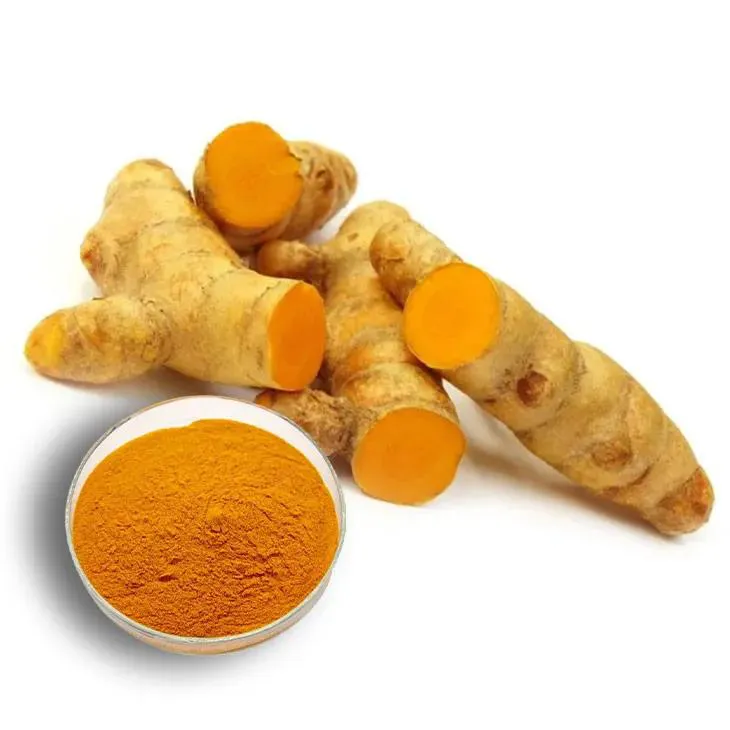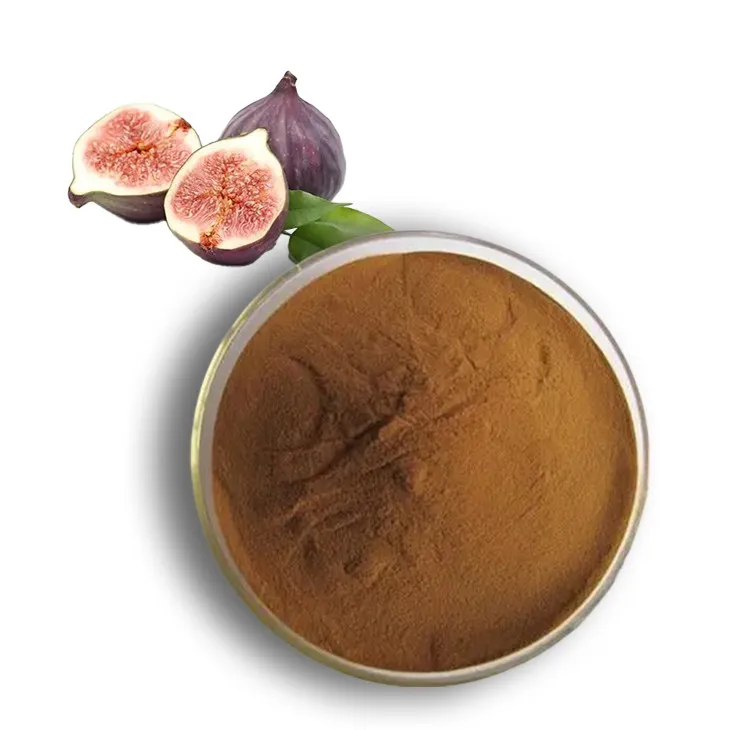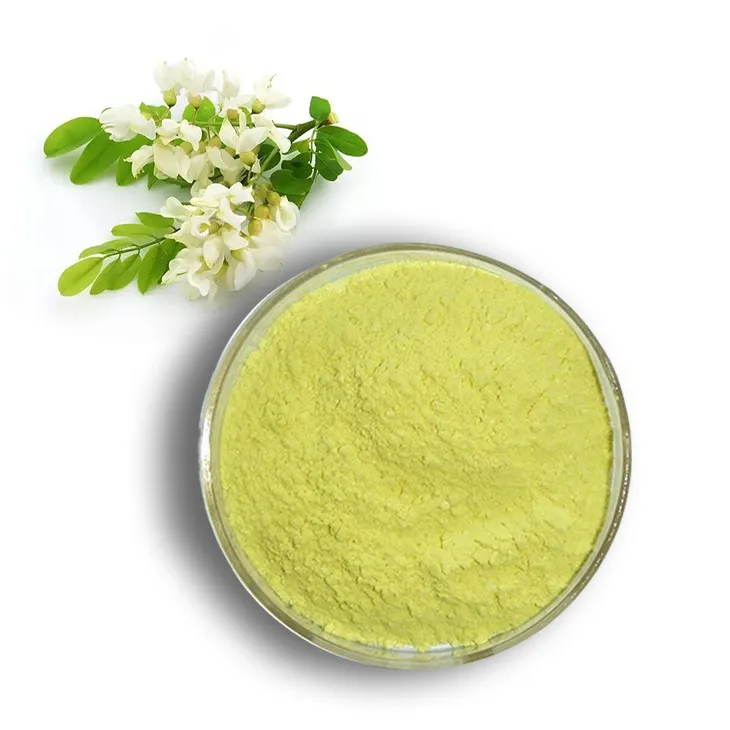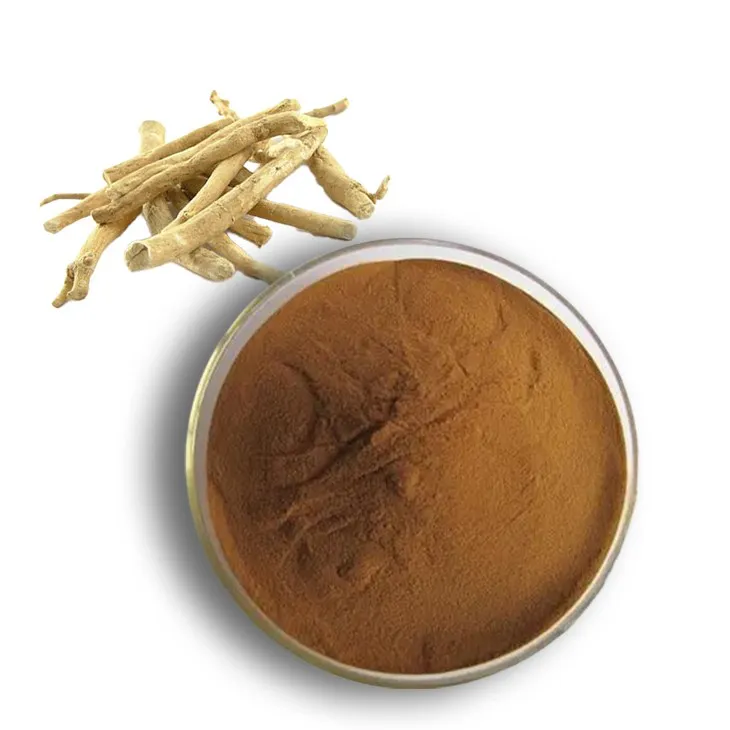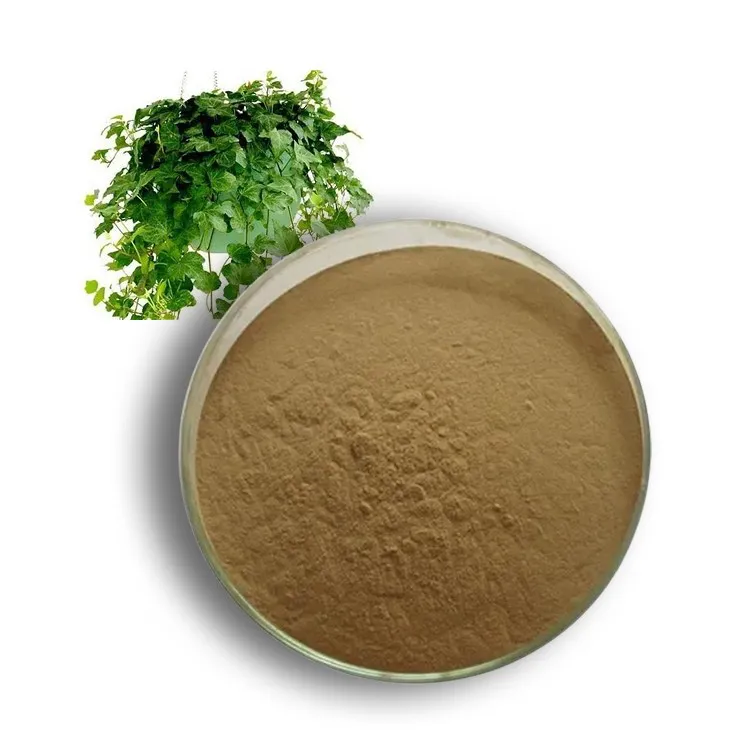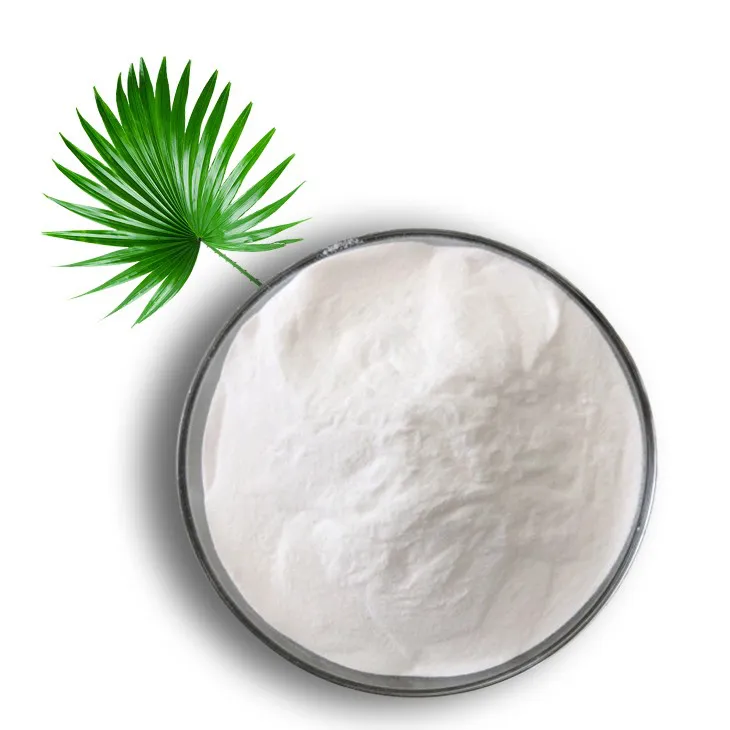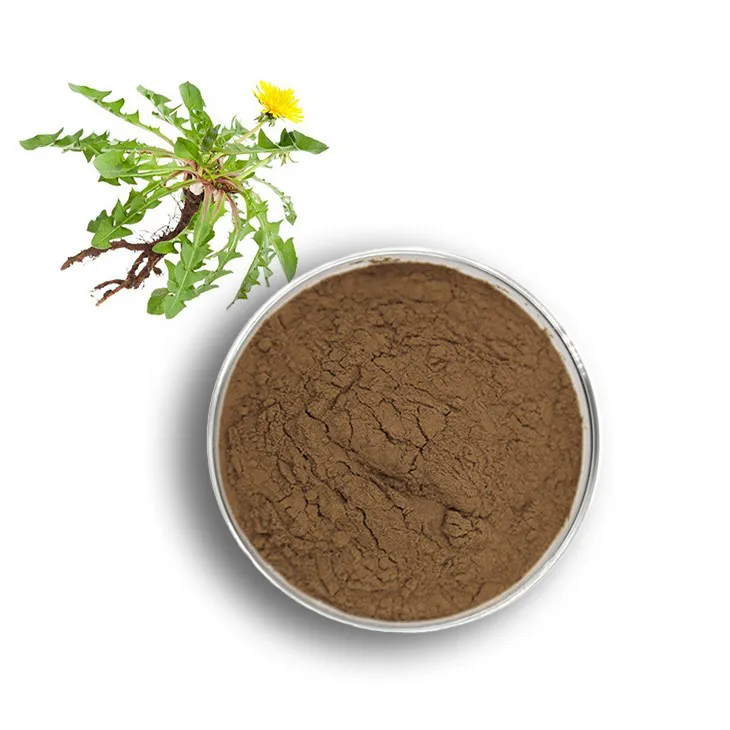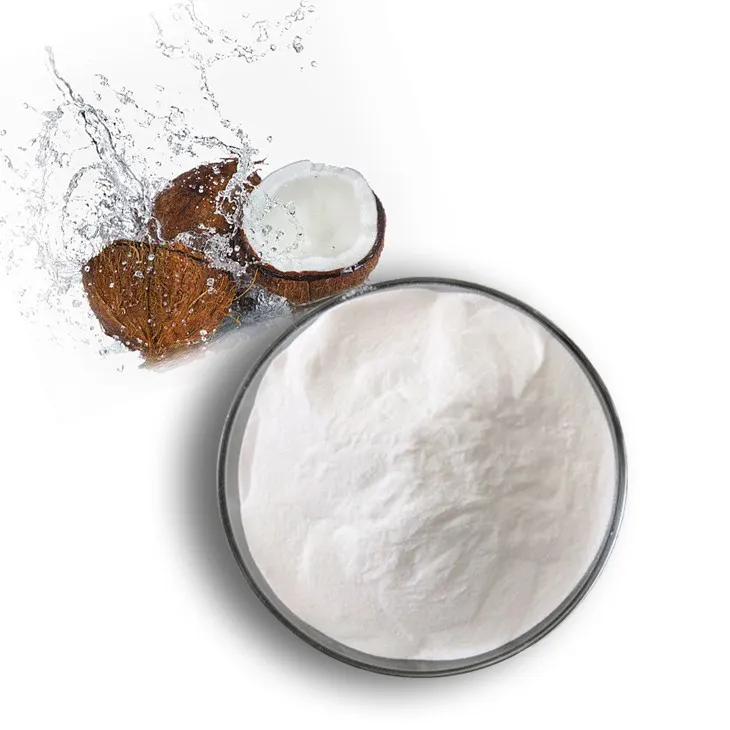- 0086-571-85302990
- sales@greenskybio.com
Are artichokes expensive?
2025-08-16
Artichokes are a beloved vegetable, treasured for their unique flavor and versatility in culinary applications. Popular in Mediterranean dishes and a staple in gourmet cooking, artichokes have piqued the interest of food enthusiasts and health-conscious individuals alike. However, there's a common perception that artichokes are expensive, prompting questions about the factors that drive their pricing. In this article, we will explore the cost of artichokes by examining their production, seasonality, and market dynamics, helping consumers understand why these thistle-like vegetables carry a premium price tag.
The Artichoke: A Brief Overview
Artichokes are a cultivar of a species of thistle known for their edible flower buds. Most commonly associated with the Mediterranean cuisine, they have been cultivated for centuries. The globe artichoke (Cynara cardunculus var. scolymus) is the most widely consumed variety, known for its tender, flavorful petals and heart.
Artichokes are celebrated not only for their taste but also for their nutritional benefits. They are rich in fiber, vitamin C, vitamin K, and antioxidants, making them a healthy addition to any diet. Despite their nutritional bonuses, artichokes are often associated with higher prices, leading many to ponder the reasons behind their premium cost.
Factors Contributing to the Cost of Artichokes
1. Cultivation and Harvesting Challenges
One of the primary reasons artichokes tend to be expensive is the labor-intensive nature of their cultivation and harvesting process. Artichokes require specific growing conditions, including a mild climate and well-draining soil. They are predominantly grown in regions such as California, Italy, and Spain, where these conditions are met.
The harvesting of artichokes is particularly labor-intensive. Each artichoke must be hand-picked at its peak maturity to ensure quality and flavor, a process that requires significant manpower and skill. This meticulous process contributes to the increased labor costs, which are inevitably reflected in the retail price.
2. Seasonality and Availability
The seasonality of artichokes plays a crucial role in their pricing. Artichokes have two main seasons: the spring harvest, which is generally considered the best due to ideal growing conditions, and a smaller fall harvest. The supply of fresh artichokes is most abundant during these peak seasons, which can slightly reduce costs.
However, outside of these windows, artichokes become less available, leading to higher prices. The need to import artichokes during off-seasons from countries with compatible climates further adds to the expense due to transportation and tariffs.
3. Post-Harvest Handling and Transportation
Artichokes have a relatively short shelf life, necessitating careful post-harvest handling and efficient distribution channels to maintain quality. Maintaining freshness and preventing spoilage require refrigeration and rapid transit, both of which increase logistical costs. The fragility and perishability of artichokes demand specialized packaging to minimize damage, thereby raising the overall cost.
4. Market Demand and Consumer Preferences
As artichokes become more popular thanks to their culinary versatility and health benefits, consumer demand invariably grows. Increased demand can drive up prices, especially in times when supply does not meet consumers' appetites.
The appeal of artichokes in gourmet cooking and dietary trends emphasizing whole, nutritious foods contributes to this demand. As chefs and home cooks alike showcase innovative artichoke recipes, interest and demand continue to swell, affecting market prices.
5. Organic and Specialty Varieties
Organic artichokes, or those grown using sustainable farming practices, often command a higher price due to the increased cost of organic certification and the careful management required to meet organic standards. Additionally, specialty varieties, such as "baby" artichokes or heirloom types, often come at a premium due to their unique characteristics and smaller-scale production.
Pricing Trends: A Global Perspective
While the United States, especially California, remains a significant producer and consumer of artichokes, global perspectives show varying trends in pricing. European countries with strong culinary traditions of artichoke consumption, such as Italy and France, experience different pricing dynamics due to local production and varying consumer habits.
Price fluctuations can also stem from geopolitical factors affecting agriculture, such as weather patterns, changes in trade policies, and shifts in labor markets that can impact yield and procurement costs.
Navigating Artichoke Purchases and Consumption
Consumers interested in enjoying artichokes without facing high costs can consider several strategies:
1. Buying in Season: Purchasing artichokes during peak seasons helps ensure better pricing and quality.
2. Exploring Local Farmers' Markets: These venues may offer artichokes at competitive prices due to reduced transportation and middlemen costs.
3. Canned or Jarred Options: For those willing to sacrifice the experience of fresh artichokes, preserved forms provide a cost-effective alternative with the added convenience of extended shelf life.
4. Trying Alternative Preparations: Experimenting with recipes that require smaller quantities of artichoke, such as dips or salads, can make regular use more budget-friendly.
Conclusion
Understanding the factors that influence the cost of artichokes provides valuable insights into the dynamics of agricultural production, market demand, and consumer choices. While artichokes carry a reputation for being expensive, their price reflects the complexities of their cultivation, seasonality, and handling needs.
For consumers eager to incorporate artichokes into their diets without feeling the financial pinch, buying strategically, exploring different forms, and taking advantage of seasonal peaks can make this nutritious vegetable both accessible and enjoyable. As awareness and appreciation of artichokes continue to grow, the market will evolve, potentially shifting pricing considerations in line with changing consumer interests and agricultural innovations.
- ▶ Hesperidin
- ▶ Citrus Bioflavonoids
- ▶ Plant Extract
- ▶ lycopene
- ▶ Diosmin
- ▶ Grape seed extract
- ▶ Sea buckthorn Juice Powder
- ▶ Fruit Juice Powder
- ▶ Hops Extract
- ▶ Artichoke Extract
- ▶ Mushroom extract
- ▶ Astaxanthin
- ▶ Green Tea Extract
- ▶ Curcumin
- ▶ Horse Chestnut Extract
- ▶ Other Product
- ▶ Boswellia Serrata Extract
- ▶ Resveratrol
- ▶ Marigold Extract
- ▶ Grape Leaf Extract
- ▶ New Product
- ▶ Aminolevulinic acid
- ▶ Cranberry Extract
- ▶ Red Yeast Rice
- ▶ Red Wine Extract
-
Curcumin Extract
2025-08-16
-
Fig Extract
2025-08-16
-
Troxerutin
2025-08-16
-
Withania Somnifera Extract
2025-08-16
-
melatonin extract
2025-08-16
-
Ivy Extract
2025-08-16
-
Saw Palmetto Extract
2025-08-16
-
Dandelion Root Extract
2025-08-16
-
Coconut Water Powder
2025-08-16
-
Chaste Berry Extract
2025-08-16











